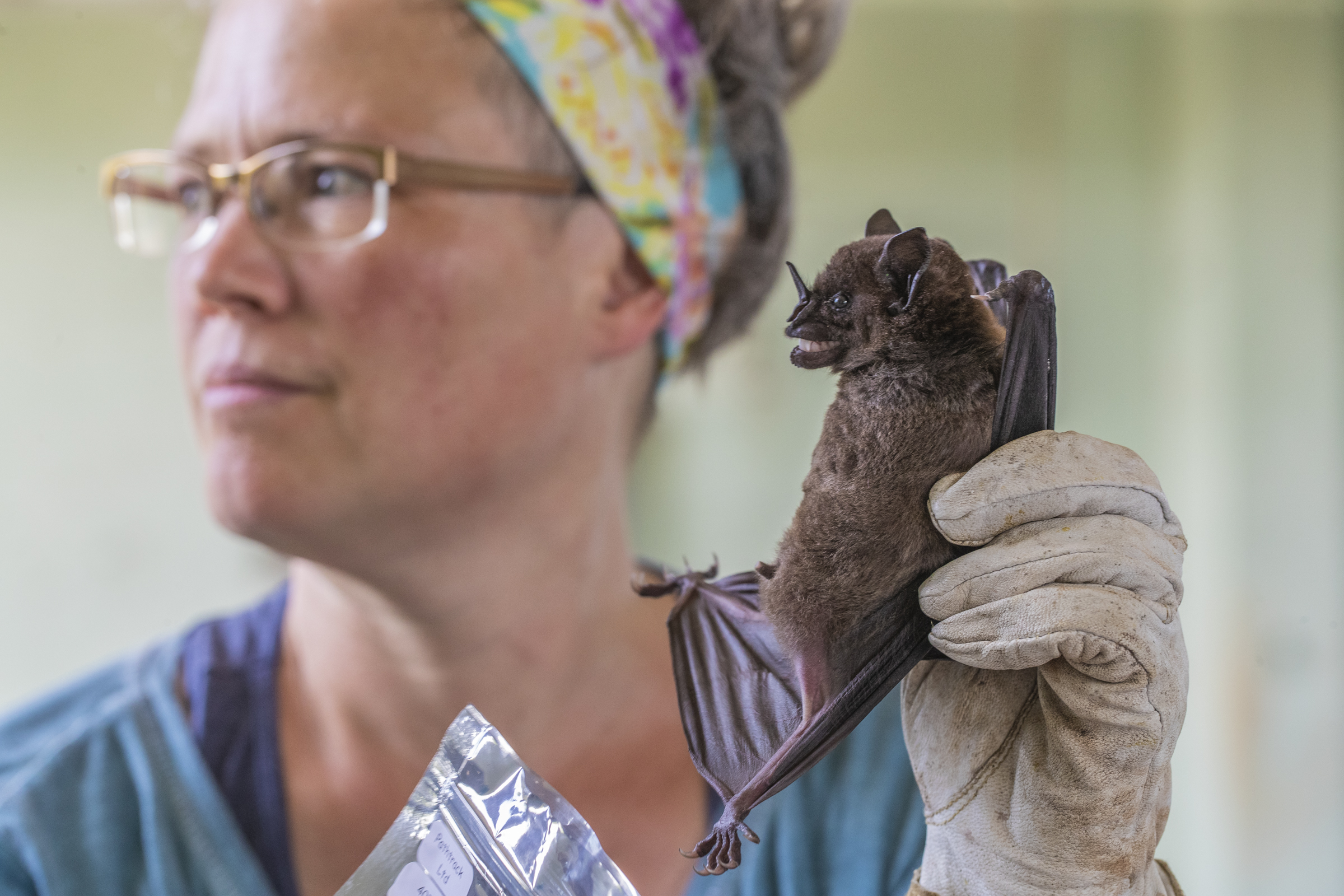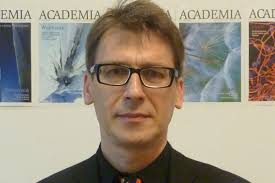Justin Boyles: Optimal Hibernation in Bats
Dr Justin Boyles is an Associate Professor in the School of Biological Sciences at Southern Illinois University in the United States. He began studying hibernating bats nearly 20 years ago, first the natural history of tree-cavity and foliage-roosting species during winter, and later, the ecology and physiology of cavernicolous bats. During a post-doc in South Africa, Dr Boyles became more broadly interested in expression of the thermoregulatory phenotype across a wide diversity of mammals and birds. Now, he uses hibernating bats as a tractable model system for predicting and testing the factors that drive optimal expression of thermoregulation in endotherms. His work on hibernating bats spans the spectrum from natural history and ecology to disease biology and physiology. He has worked on thermoregulatory patterns of tree, building, and cave bats, metabolic functioning during hibernation and summer, appropriate methods for describing microclimate and torpor patterns in bats, white-nose syndrome, and theoretical treatments of optimal hibernation.





